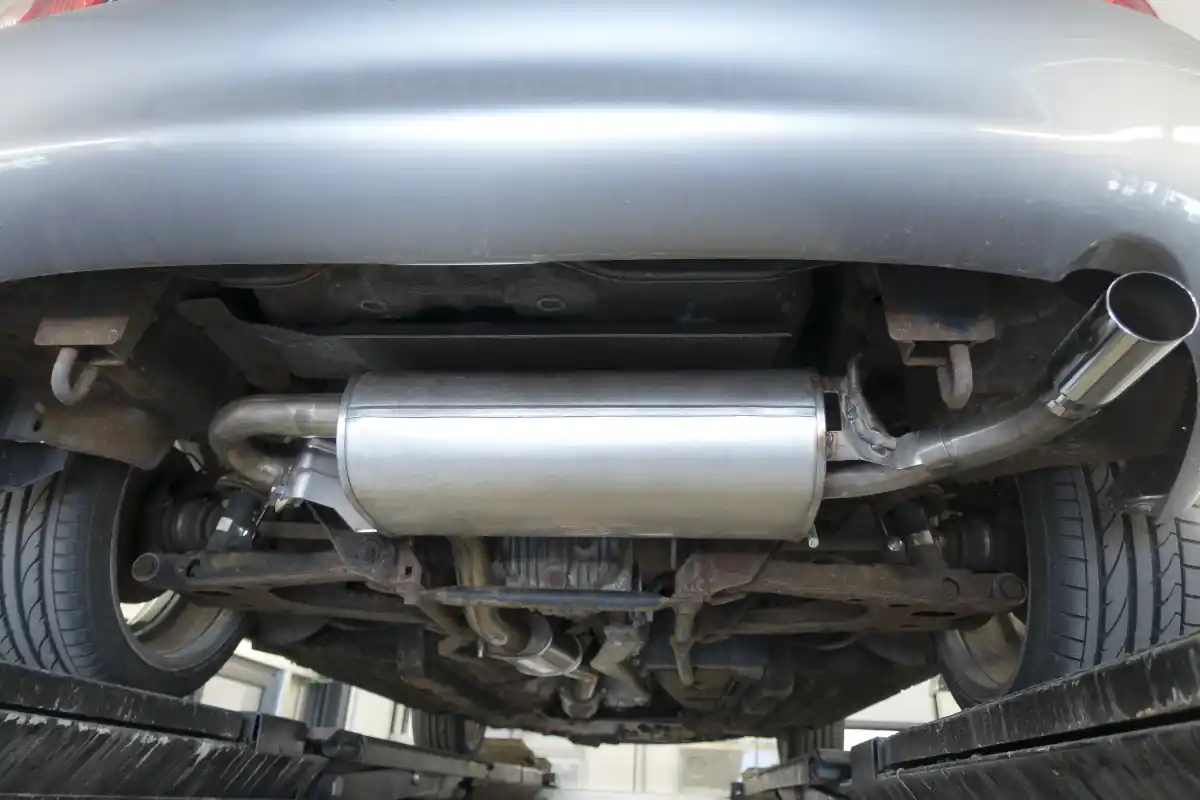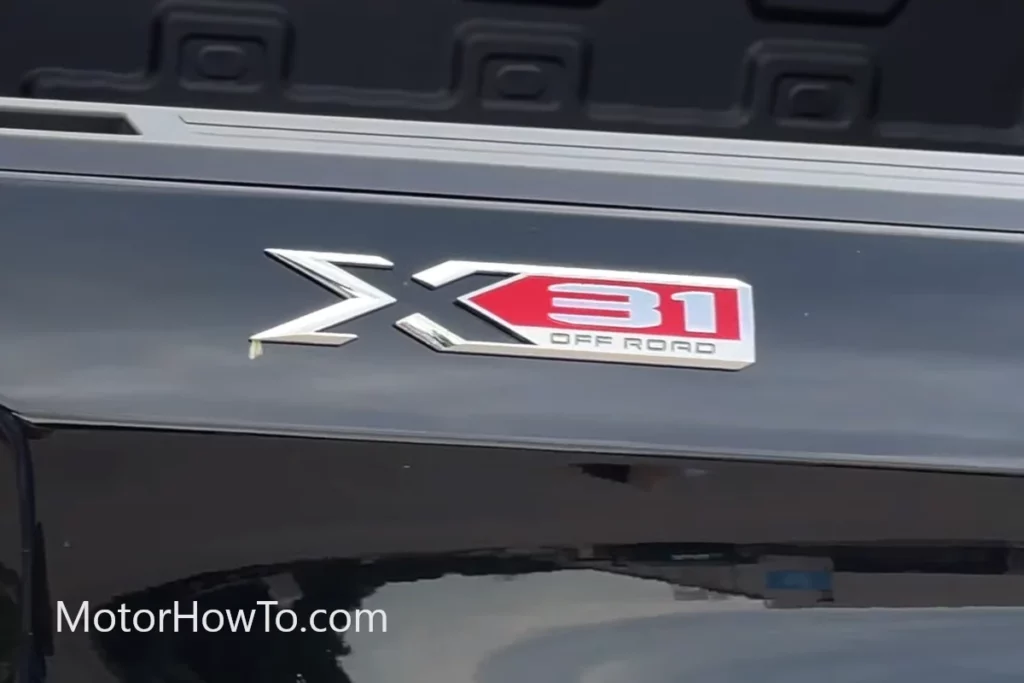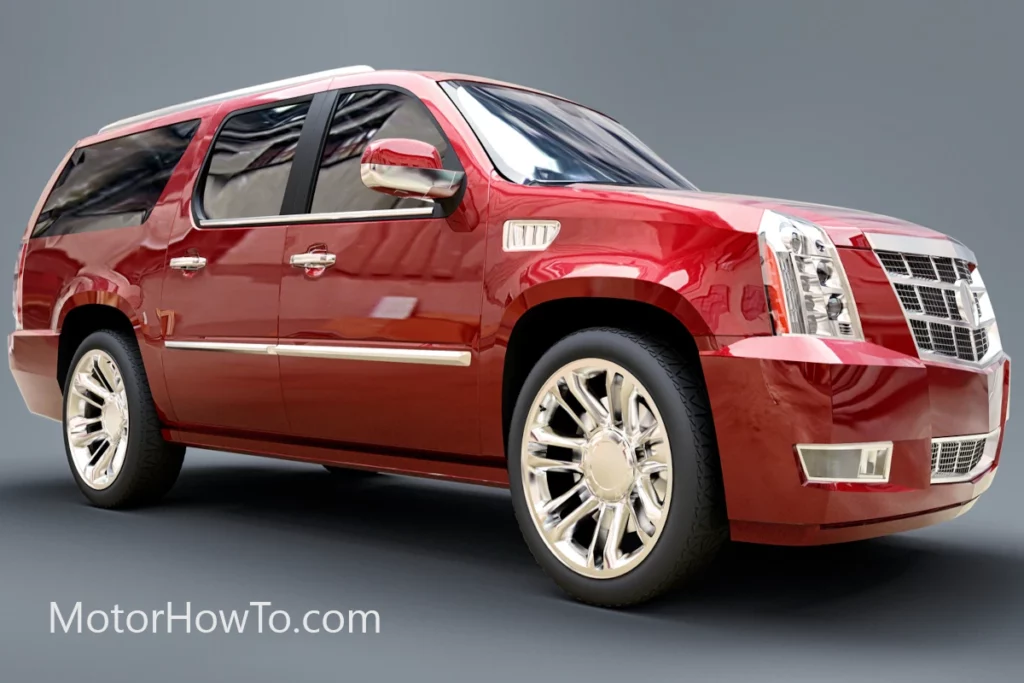The car’s axles are some of the most important parts of the entire vehicle because of how they are responsible for rotating the wheel.
Axles are so important that insurance companies would even consider a car with a damaged axle a total wreck. In that regard, the rear axle is very important because of how it helps deliver power to the driving wheels. However, what is holding the rear axle in place?
What Holds The Rear Axle In Place?
Semi-floating rear axles have two bearings that support the axle shaft and go inside the axle casing. Full-floating rear axles float in place but maintain their position thanks to two bearings. Meanwhile, three-quarter floating axles are supported by bearings but are more complicated than semi-floating axles.

While there may be different types of rear axles, the general rule is that these axles are all supported by bearings that allow them to maintain their position.
But for you to understand more about rear axles, let’s talk more about their functions and how important they are to the overall handling of any vehicle.
Where is the rear axle?
The car’s axles are some of the most important parts of an entire vehicle. But while we often look at the front axle when it comes to how a car functions and how it steers, the rear axle is also just as important for the overall handling of an entire vehicle. But where is the rear axle located?
In most cases, the rear axle is located between the differential and the driving wheels. What it does is that it transmits power between the two. So, while the rear axles are not responsible for steering the car, what it does is that it is the one that’s responsible for delivering the power that the driving wheels (typically the back wheels) need for the car to propel itself forward.
So, as you can see, the rear axle is possibly the more important axle when it comes to how your car functions because a car with a broken rear axle won’t be able to receive the power that the driving wheels need for the car to move. This is why rear axles are located between the differential and the driving wheels.
What holds the rear axle in place?
While you do know where the rear axle in a vehicle is located, you might be wondering how it is capable of staying where it is. So, what holds a car’s rear axle in its place?
In any case, rear axles are held in place by ball bearings. However, the way that the rear axle is being held by ball bearings can depend on the type of rear axle the car has. In that regard, we have three different types of rear axles:
- Semi-floating
A car with a semi-floating axle connects and holds the wheels securely to the flange that is found outside the axle. What supports a semi-floating are two ball bearings. The first one supports the axle shaft, while the other can be found inside the casing of the axle. And because semi-floating axles have two bearings, these are usually larger than most other types of bearings so that the vehicle can produce the torque that it needs.
- Full-floating
Full-floating axles actually float as this axle type effectively floats in place. However, even though it floats in place, these axles are still supported in place by two bearings that help the axles maintain their position. Full-floating axles are designed to transmit driving torque only, and that is why they work best for larger vehicles such as big trucks and mid-sized trucks that need to be able to have larger towing capacities.
- Three-quarter floating
Three-quarter floating axles are similar to semi-floating axles but are said to be more reliable. Unlike the other axles, three-quarter floating axles not only provide driving torque but also maintain wheel alignment and handle side thrust. Like all of the other rear axles, these axles are also held in place by ball bearings.
What is rear axle assembly?
A rear axle assembly is a large piece of metal (usually made from steel and iron). The purpose of this piece of metal is to propel the vehicle as it converts rotational force into a linear motion. What happens here is that the driveshaft sends the rotational power from the engine and transmission to the rear axle assembly differential, which will now be responsible for providing the wheels the torque that they need through a rotational force.
Rear-axle assemblies often use rings and pinion gears to convert the rotational power coming from the driveshaft to linear motion as it turns the axles, which will turn the tires and wheels.
In most cars, the rear axle assembly is one of the largest components of the entire vehicle as it needs the heft to support the weight of the rear of the vehicle while also providing the propulsion the car needs. The rear axle assembly is second only to the engine block in size and weight.
What is rear axle function?
In the most basic sense, the function of the rear axle is to provide the car the torque it needs to move forward. So, in other words, it is responsible for allowing the driving wheels to have the propulsion the vehicle needs.
What happens here is that the rotational power from the engine’s spinning crankshaft is transferred from the engine to the transmission. From there, it will be sent to the rear axle assembly. After that, the drive shaft connects to the pinion yoke, which applies the rotational power to the ring gear so that the engine’s power will be transformed into the propulsion or the linear movement of the wheels.
However, depending on the rear axle that the car has, the rear axle may have additional functions as well. For example, three-quarter floating axles can also help out with the handling. On the other hand, a full-floating axle simply provides torque.



